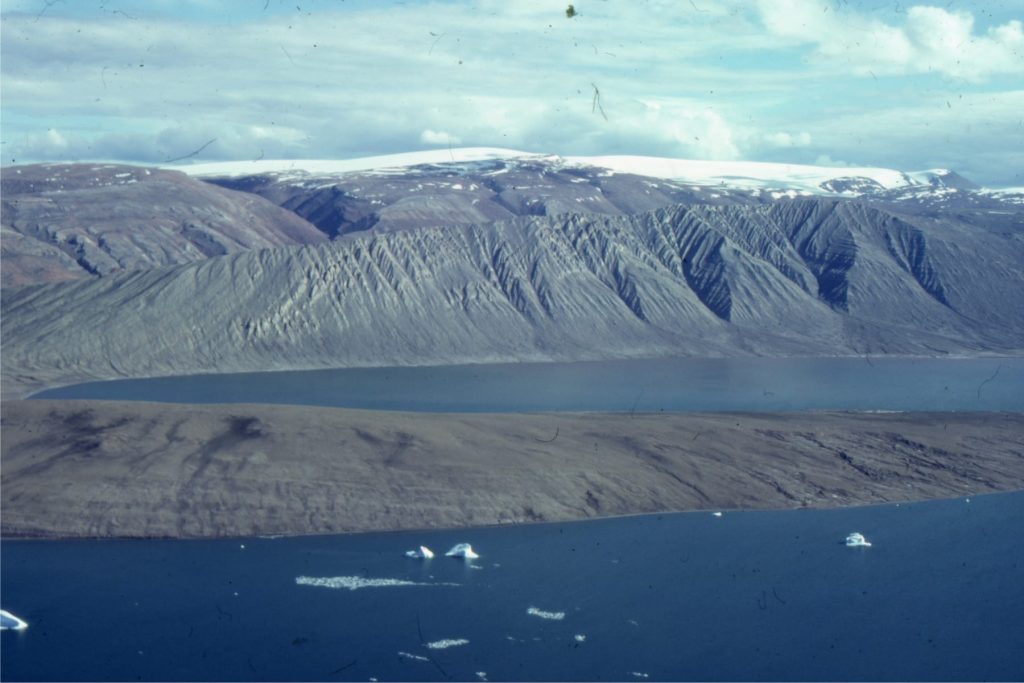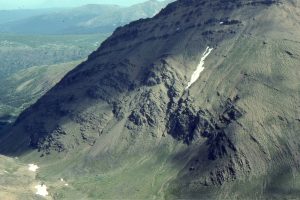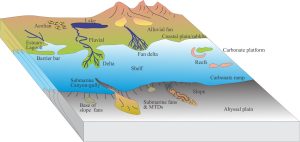The focus in this series of the Virtual Classroom is Sequence Stratigraphy. Four introductory posts will look briefly at the history of stratigraphic concepts (timelines) from the 15th century to 1977, and the development of chronostratigraphy. Subsequent posts will outline some of the underpinning foundations of sequence stratigraphy (and genetic stratigraphy in general), for example, base level, sea level fluctuations, cycles and parasequences, stacking patterns, shoreline trajectories, clinoforms, sediment accommodation, and supply, sedimentary facies and facies models, condensed sections, systems tracts, and a brief look at the different sequence stratigraphic models.
A timeline of stratigraphic principles; 15th to 18th C
A timeline of stratigraphic principles; 19th C to 1950
A timeline of stratigraphic principles; 1950-1977
Baselevel, Base-level, and Base level
Sediment accommodation and supply
Autogenic or allogenic dynamics in stratigraphy?
Stratigraphic cycles: What are they?
Sequence stratigraphic surfaces
Shorelines and shoreline trajectories
Stratigraphic trends and stacking patterns
Stratigraphic condensation – condensed sections
Depositional systems and systems tracts
Which sequence stratigraphic model is that?
Beach microcosms as fan delta analogues










